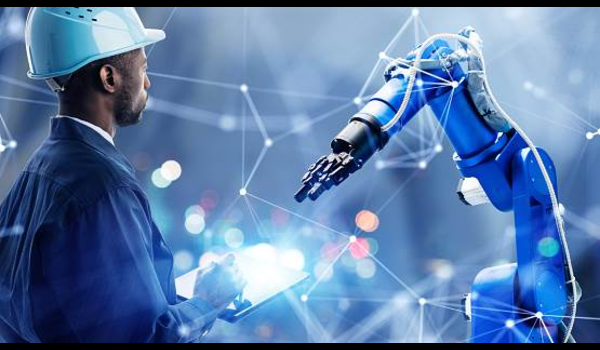Articles and Trivia
Write an articleRobotics and Automation

Robotics encompasses the design, construction, and application of robots to undertake tasks traditionally performed by humans. This field has greatly influenced various industries, from automobile manufacturing to hazardous environments where human presence can be risky. Many aspects of robotics involve integrating artificial intelligence, enabling robots to possess human-like senses such as vision, touch, and temperature perception. Some advanced robots can even make simple decisions, with ongoing research focusing on advancing robots to exhibit self-sufficiency, allowing mobility and decision-making in unstructured settings.
The evolution of robotics has led to the creation of various types of robots tailored for specific tasks. Industrial robots, for example, are often used in assembly lines for repetitive tasks. Contrary to human-like robots known as androids, today's industrial robots generally have a different appearance and functionality. The concept of the "uncanny valley," theorized by Japanese roboticist Masahiro Mori, suggests that as a robot's design approaches human likeness, there is a sharp decrease in affinity before rising again once true human resemblance is achieved.
In recent developments, researchers have introduced innovations such as the hybrid-driven origami gripper and cockroach-inspired robots. These technologies showcase the creative applications of robotics in problem-solving and exploration, such as accessing confined spaces or handling tiny particles in medical procedures. Engineering safety also plays a pivotal role in the field of robotics to ensure that robots operate efficiently, effectively, and safely in their intended environments.
Overall, robotics continues to advance, offering solutions to various challenges across industries. With ongoing research and technological advancements, the future holds promises of more sophisticated robots capable of complex tasks and increased autonomy, expanding the possibilities and applications of robotics in diverse fields.


